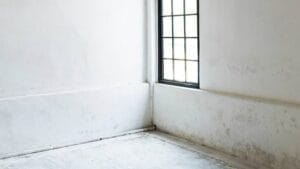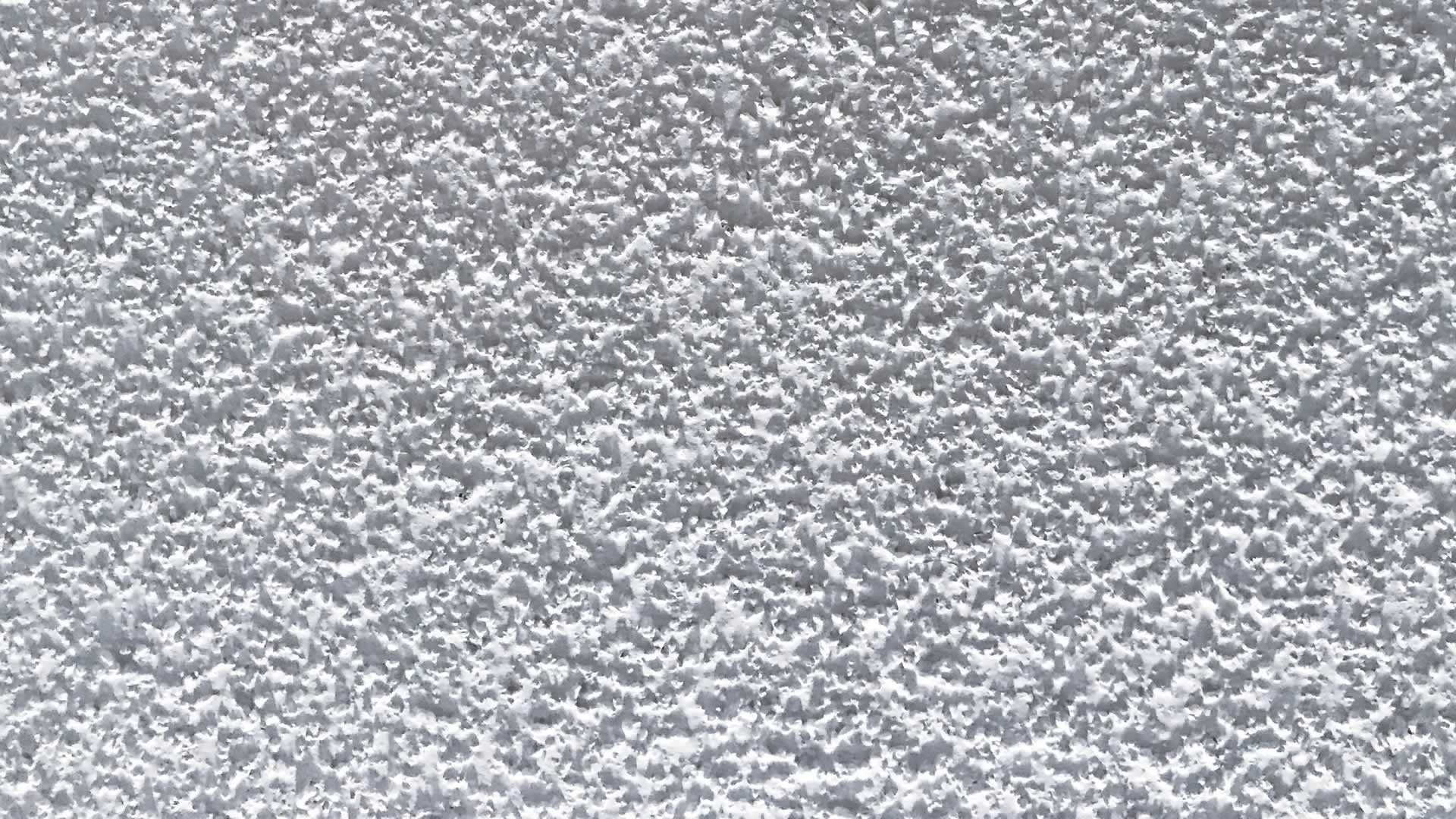In regions that have higher humidity than others, homes are more likely to develop mold. Many people assume that quick exterior or interior house painting is enough to take care of the issue. But is that the truth or just a coverup for a problem that could become worse?
Today, we want to talk about mold, mildew, and paint. We’ll delve into what mold and mildew are and whether adding a coat of paint to them is sufficient to avoid additional growth. We’ll also share some tips and tricks for dealing with mold as soon as you spot it in your home.
What Are Mold and Mildew?
 Mold is a fungus that is part of the natural world. It can break down dead organic matter and return nutrients to the earth. However, mold in the home can easily become a health risk. Some of the issues it can cause include coughing, skin and eye irritation, breathing issues, and respiratory infections.
Mold is a fungus that is part of the natural world. It can break down dead organic matter and return nutrients to the earth. However, mold in the home can easily become a health risk. Some of the issues it can cause include coughing, skin and eye irritation, breathing issues, and respiratory infections.
When it comes to mold, painting over it is not the solution. Even after the new paint has dried, the mold will continue to grow and spread underneath the surface.
Mildew is an early stage of mold that typically looks like gray and white patches. It’s most commonly found in damp spaces like bathrooms, basements, or locations with water damage. Mildew is easily removed with household cleansers, which isn’t true for mold.
However, painting over mildew does no better than adding a coat of color over the mold. You’ll need to find another solution if your home contains either of these substances.
Reasons You Shouldn’t Paint Over Mold
You are capable of painting over the mold. Nobody will stop you. However, it isn’t going to do any good for the underlying issue.
Mold will reappear unless it has been removed.
In addition, the following items are risks of painting over mold:
- Mold creates serious health issues. If a landlord or contractor paints over it, this could lead to lawsuits.
- Paint doesn’t kill mold. It can make it worse. It is going to return after painting.
- Mold could move to the drywall and cause damage. This could lead to very expensive repairs and replacements.
- The Centers for Disease Control and Prevention note that mold can create skin and eye irritation, wheezing and coughing, throat irritation, nasal stuffiness, and more severe issues, especially in people with a compromised immune system.
Alternative Methods to Deal with Mildew or Mold in the Home
There are several steps you can take to deal with mold in your home. Some people feel comfortable handling the process on their own, others prefer to bring in a professional. Regardless of which option you choose, the following steps may be involved:
- Moisture Removal – The cause of any moisture in the home needs to be determined. Once you know what it is, it has to be addressed before you move forward. This might require investing in better ventilation or repairing a leaky pipe in some cases.
- Drywall Replacement – Assuming the mold has moved into the drywall, it also needs to be handled. Repairs may work but, in some cases, removal will be required. Those without experience with drywall replacement should bring in professionals.
- Equip PPE – Personal protective equipment is essential for mold removal. If you don’t equip yourself with the right clothing and tools, it could cause major issues. Hazardous mold spores could reach your body and cause illness.
- Wall Preparation – Sandpaper or a paint scraper should be used to remove peeling, cracked, or loose paint. The appropriate cleaning chemicals should also be purchased. Wipe the wall over the mold, including areas where it may not be visually obvious.
- Wall Drying – Let the cleaning agent sit and dry before you move forward. You want to be sure it gets in and penetrates beyond the surface.
- Wall Priming – Before painting the wall, make sure you prime it. We recommend choosing a moisture-resistant or mold-resistant primer for this step.
Final Thoughts
 In regions with higher humidity, mold and mildew can become common issues in homes. While some may consider a quick coat of paint as a remedy, it’s essential to understand the underlying problem. At Master Plastering & Services Inc., we know that painting over mold is not a solution; it’s just a temporary cover-up.
In regions with higher humidity, mold and mildew can become common issues in homes. While some may consider a quick coat of paint as a remedy, it’s essential to understand the underlying problem. At Master Plastering & Services Inc., we know that painting over mold is not a solution; it’s just a temporary cover-up.
Mold and mildew are fungi that can pose health risks and lead to respiratory issues. Simply painting over them won’t address the root cause, and the problem will persist beneath the surface. Our experienced team advises against painting over mold for several reasons. Firstly, it can create serious health issues, leading to potential legal consequences for landlords and contractors. Secondly, paint doesn’t kill mold, allowing it to return and potentially spread to drywall, causing more significant damage and expensive repairs.
Instead, it’s crucial to tackle mold and mildew head-on with proper remediation measures. Our experts recommend identifying and addressing the source of moisture, investing in proper ventilation, and repairing any leaks to prevent mold growth. When dealing with mold, personal protective equipment is essential to avoid exposure to hazardous spores.
At Master Plastering & Services Inc., we prioritize your well-being and the safety of your home. Our team of professionals can handle mold removal and remediation efficiently and effectively, ensuring a healthy living environment. Don’t hesitate to contact us for expert assistance in dealing with mold issues in your home. Together, we can make your living spaces safe, comfortable, and mold-free.





